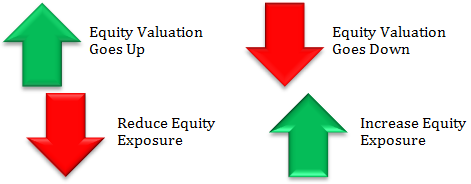
Table of Contents
Balanced Fund
Defining Balanced Fund
A Balanced Fund is a mutual fund type that comprises a component of stock, a bond and a money market in one Portfolio. Basically, these funds stick to a relatively fixed accumulation of Bonds and stocks.

Balanced Mutual Funds comprise such components that are balanced between debt and equity with an objective that lies somewhere between Income and growth. These funds are appropriate for those investors who are looking for Capital appreciation, income and safety.
Explaining Balanced Funds in Detail
Being a type of hybrid fund, a balanced fund is an investment that is characterized by its diversity among two or more assets. The amounts that this fund invests in each asset, usually remains within a minimum and maximum value.
Moreover, these portfolios don’t change their asset mix materially, unlike other Asset Allocation funds that evolve with the changing risk appetite of the investor.
Pros of Balanced Funds
Since balanced funds change the mixture of bonds and stocks rarely, they tend to be on the lower side of total expense ratios (ERs). Also, as they spread the money of an investor automatically across several stock types, they decrease the risk of choosing a wrong sector or stock. And then, balanced funds always allow investors to withdraw money periodically without messing around with the allocation of assets.
Talk to our investment specialist
Cons of Balanced Funds
On the contrary, these balanced funds control the asset allocation. And, this may not always be in accordance with the plans of the investor. For instance, several investors want to keep income-generating securities and growth stocks. However, there is no separation between these two in balanced funds. Also, the investor cannot use any strategy that concentrates on the bond’s growth.
The allocation characteristic usually remains as 40% debt and 60% equities. This doesn’t always suit the goals, preferences or the needs of the investor. And in most cases, balanced funds play for a safe side; thus, avoiding outside or international Market, which impacts the returns negatively.
All efforts have been made to ensure the information provided here is accurate. However, no guarantees are made regarding correctness of data. Please verify with scheme information document before making any investment.










